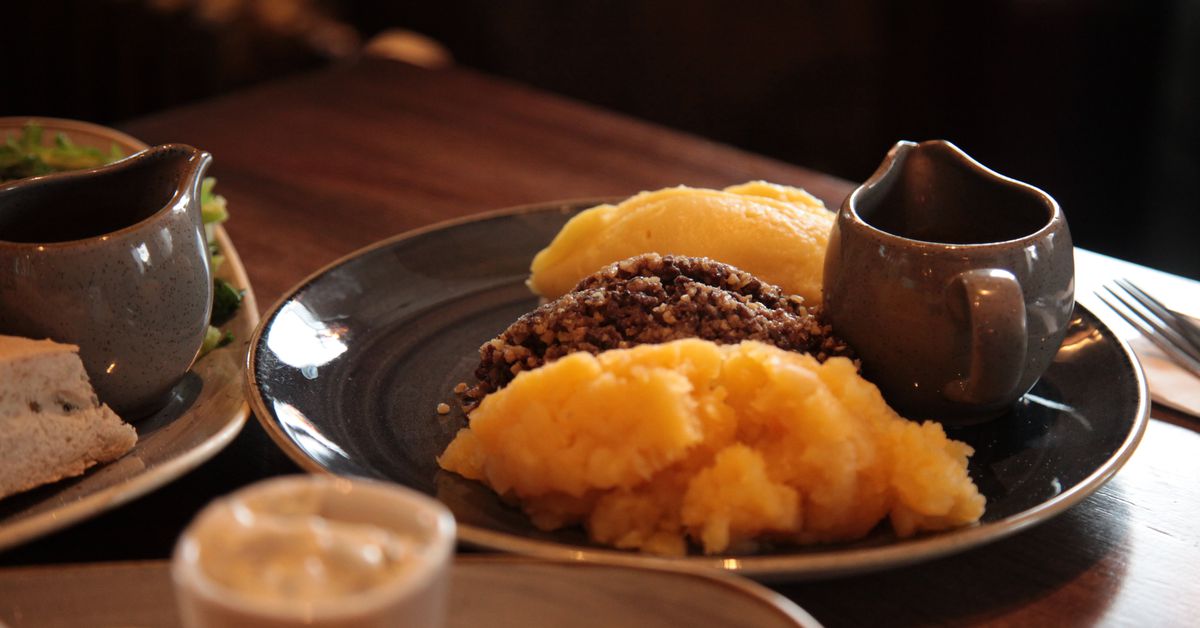Why It’s Illegal to Sell Animal Lungs for Consumption in the U.S.
To some people, offal — the culinary term for organs — is the unappealing contents of the plastic bag inside a Thanksgiving turkey, squeamishly removed and put into the trash before you start basting. For others, it’s a delicacy that’s coveted for sweetbreads (made from the thymus gland or pancreas of a calf or lamb), pâtés (typically made with liver), and endless other delicacies eaten around the world.
On this week’s Gastropod, our intrepid hostsNicola Twilley and Cynthia Graberstep outside their comfort zones and into the vast world of eating organs. A part of their smorgasbord (emphasis on the “org”) is pig lung, a meat product that is actually illegal to sell, though legal to consume, in the U.S. It’s not particularly unusual for a country to outlaw the sale of certain foods if they’re seen as a risk to public health (consider the United Kingdom making it illegal to sell animal brains in light of the mad cow disease outbreak of the ‘80s and ‘90s), but what makes lungs so risky?
“Basically, the USDA had a bunch of pathologists gather together several hundred cow lungs, initially, from various slaughterhouses,” explains guest Dr. Jonathan Reisman, a friend of the podcast and author of The Unseen Body: A Doctor’s Journey Through the Hidden Wonders of Human Anatomy. “And they dissected the lungs deeply into all the airways, all the tissues, looked under the microscope, a much more thorough examination than a standard USDA meat inspection would do. And what they found in there was very concerning to them. They found pollen that the animals had inhaled, they found fungal spores in there, they even found some stomach contents that had ended up in the lungs. And these contaminants made them think that lungs were not fit for human consumption.”
But eating lungs isn’t necessarily as detrimental as the USDA claims. Reisman points out that “every breath we take from the first breath we each took after being born, to the breaths we’re taking right now has uncountable numbers of fungal spores and pollen and dust and…contaminants in them…
“So the same ‘contaminants’ that we’re inhaling, we are all swallowing all day, every day,” he concludes, “…Eating a little bit more of those same materials from an animal’s lungs, I just don’t believe that that is in any way dangerous.”
We’ll save what Nicola and Cynthia thought of their stealthily-procured lung and the other offal in their feast for the episode. But to those turned off by eating offal, podcast guest Jennifer McLagan, author of the cookbook Odd Bits: How to Cook the Rest of the Animal, offers a salient point: As climate change continues to decimate the planet and our food supply chain, people who choose to keep eating meat should get on board with offal so as to use resources wisely and “respect the animal” that you’re consuming.






